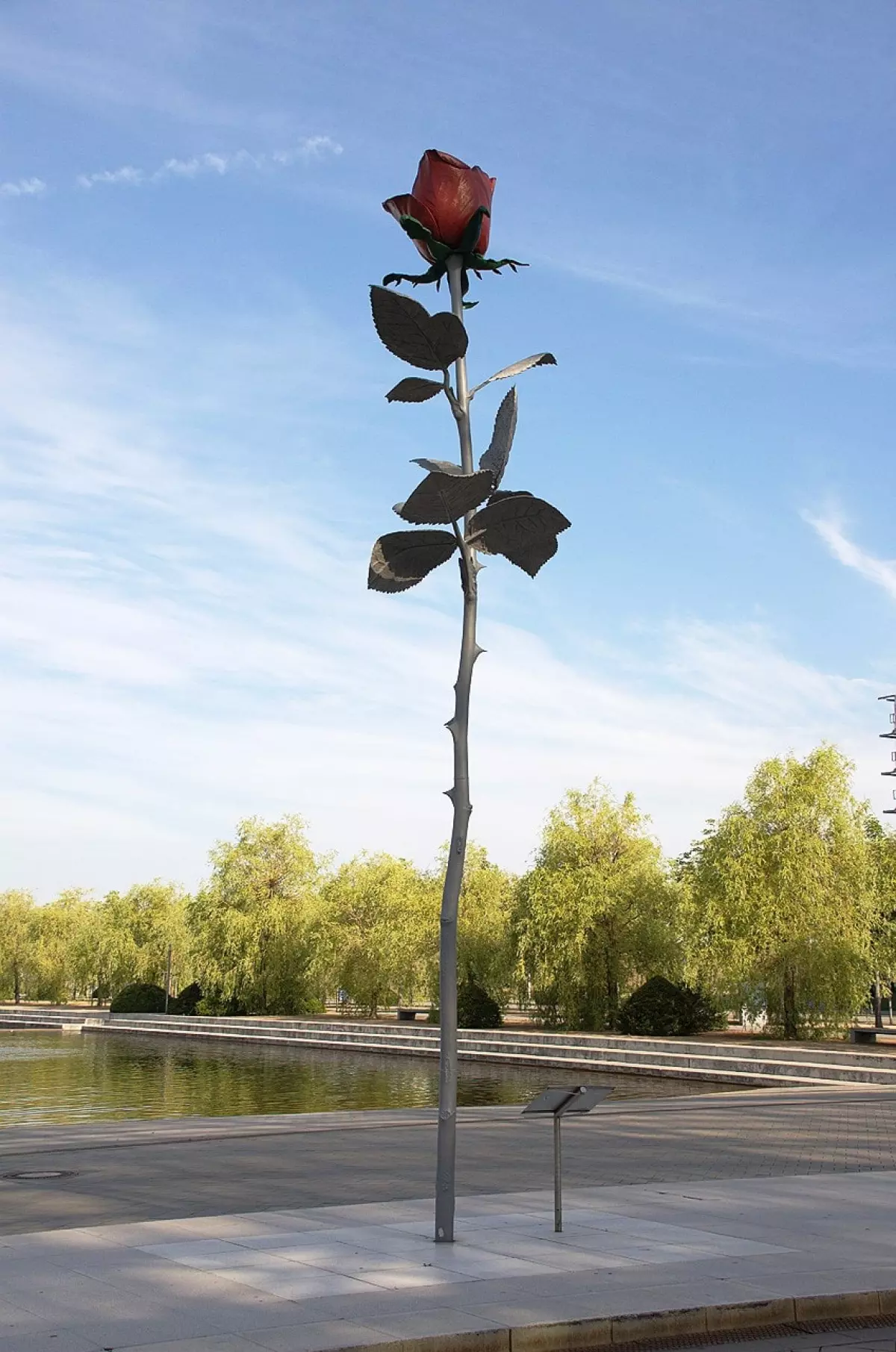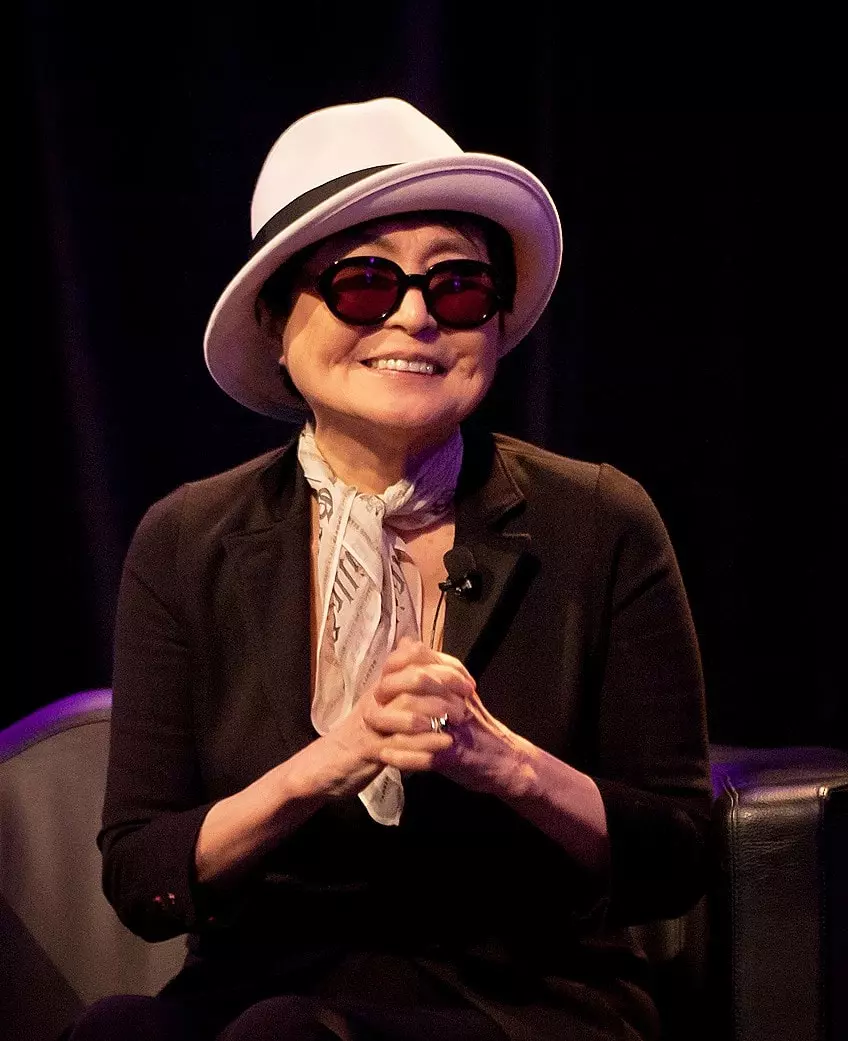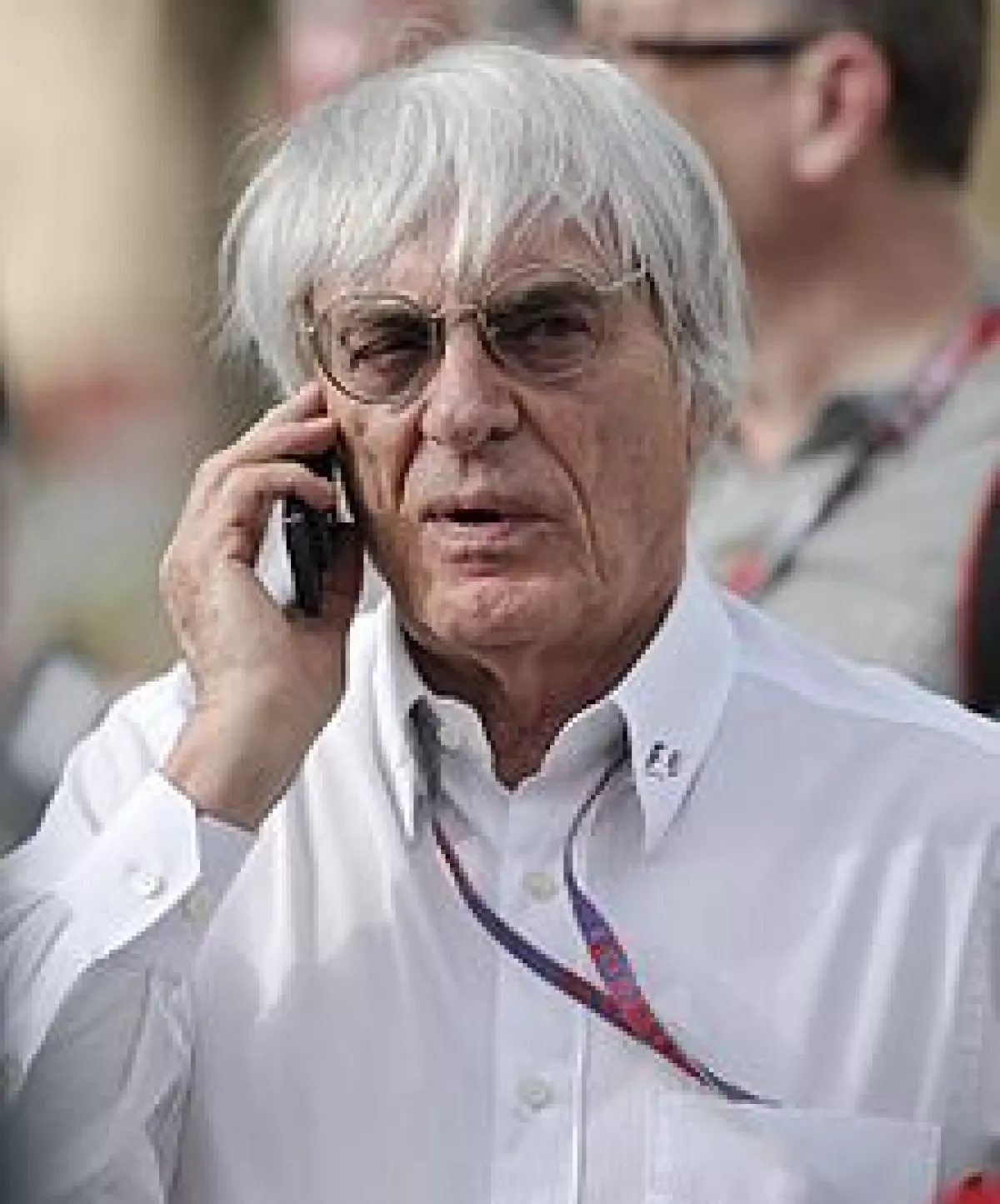Contemporary art: an often misunderstood term that refers to more than just present-day works. It encompasses a wide range of art forms produced since the 1980s, characterized by the changing perspectives and approaches of artists in the late 20th century. In this article, we will delve into the world of contemporary art, exploring its common themes and famous examples. Get ready to unravel the captivating story of this ever-evolving segment of art history!
What Is Contemporary Art?
Contrary to popular belief, contemporary art is not limited to art created in the present era. Its origins date back to the 1980s, a time when artists witnessed significant developments in art-making techniques and had access to new mediums. Contemporary art, therefore, encompasses all art created since the 1980s and is typically a response to the current context. It addresses political, cultural, and social issues, exploring themes such as identity, sexuality, race, gender, climate change, and technology.
Artists in the 1980s began creating works that reflected the political and cultural landscape of the world. This period also witnessed technological advancements, such as color photography and printing technologies, which revolutionized artistic representation. From renowned artists like Andy Warhol and Takashi Murakami to Jeff Koons and Yayoi Kusama, contemporary art encompasses a diverse range of media and styles. You can experience the works of emerging and established artists in prestigious contemporary art museums and galleries worldwide, including the Centre Pompidou in Paris, Tate Modern, and the annual Venice Biennale.
Contemporary art goes beyond aesthetic pleasure; it is a platform for sharing ideas. With the advent of technology, artists have explored diverse mediums and styles, making their creations more accessible and convenient.
The Characteristics of Contemporary Art
While contemporary art lacks solid defining characteristics, several common features can help identify it. Here are some key traits:
- Innovative ideas and mediums: Contemporary artists are constantly pushing boundaries, utilizing various mediums and incorporating elements of engineering, plastic surgery, and even video games into their work.
- Concept-driven artworks: Each contemporary artwork revolves around a central concept, extending its significance beyond mere aesthetics.
- Individualistic approach: Unlike the large movements seen in the modern art period, contemporary artists often work individually. They draw inspiration from various art styles, including Conceptual art, Minimalism, and influences from Abstract Expressionism embedded in new media art.
- Meaning-making through mediums: The choice of medium plays a crucial role in shaping the meaning behind contemporary artworks. Process-based works and immersive elements engage viewers, inviting them to interpret and connect with the art.
- Encompassing diverse art forms: Contemporary art embraces art forms that emerged from early digital art, including manga cartoons, illustrations, graffiti, street art, and styles rooted in underground subcultures.
- Diverse representation: Contemporary art offers a more inclusive perspective by acknowledging artists from diverse backgrounds worldwide. Unlike before 1980, when connecting with artists from different parts of the world was challenging, contemporary art welcomes artistic contributions from any corner of the globe.
- Living and deceased artists: The realm of contemporary art includes both deceased artists, like Francis Bacon, who produced work after 1980, and living artists who continue to explore early modern art concepts.
Contemporary Art vs. Modern Art
While the words "contemporary" and "modern" are technically synonymous, they carry different meanings in the art world. Contemporary art emerged after the modern art period and is considered postmodern. Modern art, on the other hand, refers to the art produced during the first half of the 20th century until the 1980s.
Modern art, characterized by self-referential works, focused on art itself. In contrast, contemporary art responds to the modern world in a way that reflects this moment in history. It does not create new "-isms" like Surrealism or Fauvism. Instead, contemporary artists explore individual journeys, addressing the complexities of life in their unique ways.
Famous Examples of Contemporary Artworks
Let's explore notable contemporary artworks that have left an indelible mark on the art world:
Cut Piece (1964) by Yoko Ono
 Rose sculpture by Isa Genzken, an example of contemporary art; Christoph Müller, CC BY-SA 3.0, via Wikimedia Commons
Rose sculpture by Isa Genzken, an example of contemporary art; Christoph Müller, CC BY-SA 3.0, via Wikimedia Commons
In 1964, Yoko Ono performed "Cut Piece," a predecessor to contemporary performance art. The audience actively participated in this powerful piece as they took turns cutting away pieces of Ono's clothing while she remained motionless.
Many of these "happenings" were ephemeral, captured only in photographs or as remnants without the context of the live performance.
Infinity Mirror Room (1965) by Yayoi Kusama
 An Infinity Room installation by Yayoi Kusama; Pablo Trincado from Santiago de Chile, Chile, CC BY 2.0, via Wikimedia Commons
An Infinity Room installation by Yayoi Kusama; Pablo Trincado from Santiago de Chile, Chile, CC BY 2.0, via Wikimedia Commons
Yayoi Kusama's Infinity Mirror Rooms, starting in 1965, are contemporary installation artworks that transform her early paintings' repetitiveness into immersive, three-dimensional experiences. These rooms create kaleidoscopic visions, blurring the boundaries of space and the viewer's reflection.
By involving the audience as subjects of her work, Kusama's installations give new meaning to the presence of the human body in an altered space.
Spiral Jetty (1970) by Robert Smithson
Spiral Jetty (1970) by Robert Smithson, located at Rozel Point in the Great Salt Lake, Utah, United States; Sculpture: Robert Smithson 1938-1973Image:Soren.harward at en.wikipedia, Public domain, via Wikimedia Commons
Robert Smithson's "Spiral Jetty" (1970) exemplifies contemporary land art. This massive land sculpture, located on the Great Salt Lake in Utah, features a 1,500-foot-long spiral shape constructed using mud, salt, and basalt rocks.
The artwork's meaning changes with the water level of the lake. At times, it becomes invisible, highlighting the significance of its transient nature.
Rhythm 0 (1974) by Marina Abramović
 Photograph of artist Yoko Ono in 2011; Earl McGehee - www.ejmnet.com, CC BY 2.0, via Wikimedia Commons
Photograph of artist Yoko Ono in 2011; Earl McGehee - www.ejmnet.com, CC BY 2.0, via Wikimedia Commons
Marina Abramović's "Rhythm 0" (1974) was a performance art piece that allowed the audience to interact with the artist using various objects, including scissors, a gun, and feathers. As the performance unfolded, some audience members became increasingly violent, reflecting the depths of human nature.
This artwork challenged the traditional notion of art, pushing boundaries and questioning the limits of what can be considered art.
The Dinner Party (1974) by Judy Chicago
 A Judy Chicago installation depicting "The Dinner Party"; Darcy Aders Photography, CC BY 2.0, via Wikimedia Commons
A Judy Chicago installation depicting "The Dinner Party"; Darcy Aders Photography, CC BY 2.0, via Wikimedia Commons
Judy Chicago's "The Dinner Party" (1974) is an iconic contemporary installation artwork. It features a triangular arrangement of tables, showcasing 39 historical and mythological women. The place settings depict stylized images of female anatomy, challenging traditional notions of femininity.
"The Dinner Party" gained recognition as a significant piece of feminist art, permanently on display at the Brooklyn Museum.
Alma, Silueta en Fuego (1975) by Ana Mendieta
 "Alma, Silueta en Fuego" (1975) by Ana Mendieta, Whitney Museum of American Art, New York City, United States
"Alma, Silueta en Fuego" (1975) by Ana Mendieta, Whitney Museum of American Art, New York City, United States
Ana Mendieta, a renowned land and body artist, used photography to capture her thought-provoking works. "Alma, Silueta en Fuego" (1975) belongs to a series in which Mendieta created silhouettes using her body and natural landscapes.
Mendieta drew connections between the female figure and the environment, highlighting the violence experienced by women and the Earth itself.
Dropping a Han Dynasty Urn (1995) by Ai Weiwei
 Ai Weiwei in 2006; Gisela Giardino, CC BY 2.0, via Wikimedia Commons
Ai Weiwei in 2006; Gisela Giardino, CC BY 2.0, via Wikimedia Commons
In 1995, Ai Weiwei, the Chinese artist and activist, created "Dropping a Han Dynasty Urn," a controversial contemporary artwork. Using a 2,000-year-old urn, Weiwei demonstrated the destruction of a significant piece of Chinese history, questioning notions of cultural preservation.
The act of dropping the urn symbolized letting go of cultural values in pursuit of a better future.
Self (2006) by Marc Quinn
Self (2006) by Marc Quinn, National Portrait Gallery, London, United Kingdom
Marc Quinn's "Self" is a self-portrait created using his own blood. The artist cast his head with ten pints of his own blood collected over several months. This unique sculpture explores themes of identity and the concept of self in a technologically advancing world.
The materiality of Quinn's self-portrait, derived from his own life force and body, adds depth and meaning to the artwork.
The 99 Series (2014) by Aïda Muluneh
The 99 Series (2014) by Aïda Muluneh, David Krut Workshop, Johannesburg, South Africa
Aïda Muluneh's photography series, The 99 Series (2014), challenges traditional portraiture by integrating faces of women from her hometown in Addis Ababa. These striking portraits explore postcolonial Africa, addressing gender roles and identity in Ethiopia.
Muluneh's photos and her use of symbolism shed light on the inner struggles faced by African women and their sense of belonging.
Love Is in the Bin (2018) by Banksy
Banksy's Love Is in the Bin (2018) shocked the art world when the artwork was shredded shortly after being sold at an auction. The shredded piece, previously known as "Girl with Balloon," serves as a powerful critique of consumerism and art market dynamics.
Banksy's art often incorporates humor and unconventional tactics, challenging the traditional notions of art and its value.
These examples barely scratch the surface of the influential contemporary artists who have contributed immensely to the art world. Other notable figures include Njideka Akunyili Crosby, Cecily Brown, Jenny Saville, Kara Walker, Anish Kapoor, Willem de Kooning, and Anselm Kiefer. Their works capture the essence of both the modern and contemporary eras.
We hope these famous examples have inspired you to delve deeper into the world of contemporary art. Each artwork showcases diverse concepts and remarkable storytelling, offering a glimpse into the artists' unique perspectives. From performance art to photography and installations, contemporary artists continue to create impactful works that shed light on the complexities of our present world.
Take a look at our contemporary art webstory for even more insights into this fascinating art movement!
Frequently Asked Questions
What Is the Definition of Contemporary Art?
Contemporary art refers to art produced since the 1980s, influenced by the experiences of living in a technologically advanced world. It addresses themes related to the present socio-political climate and encompasses various art forms and styles.
Is Contemporary Art the Same As Modern Art?
No, contemporary art is distinct from modern art. Modern art encompasses art produced from the early 20th century until the 1980s. Contemporary art emerged after the modern art period and reflects the postmodern world.
What Are Some Characteristics of Contemporary Art?
While contemporary art lacks concrete defining characteristics, there are common attributes. Contemporary art is often driven by innovative ideas and mediums, focuses on individual concepts, and embraces diverse art forms. It also recognizes the diversity of artists globally and utilizes meaning-making through mediums and immersive experiences.
















